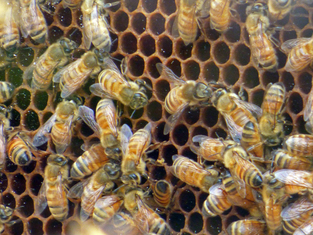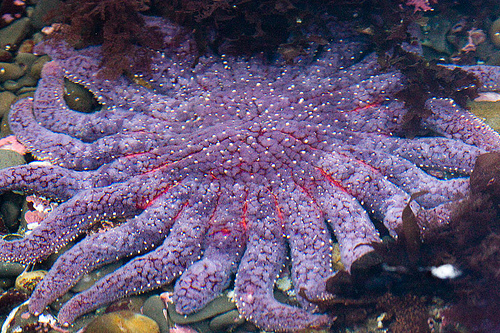THE FLOWERS ARE BURNING
|
"I think it is better not to obscure the despair, because real hope lies only on it's other side. Despair is part of the territory we must traverse...True optimism comes from having traversed the territory of despair and taken its measure. It is not ignorant of the magnitude of the crisis nor unaware of the forces that stand in the path of healing. Optimism lies on the other side of despair, and hope is its herald" - Charles Eisenstein, The More Beautiful World Our Hearts Know is Possible The Flowers Are Burning: An Art and Climate Justice Collaborative Project began with paintings about loss. Both of us struggled to understand that creatures of nature that we loved were dying. We felt compelled to paint them as a way to deal with disbelief, anger and grief. Then we realized we wanted to paint not only to express ourselves, we were moved to use our brushes in the service of the nature that we loved. Frankly, we needed to help. Yet how to navigate the pain? A personal relationship with nature leads to appreciation for those varied but important parts that make up the whole of our ecosystems. Eisenstein states, "We need to come into a direct, caring, sensuous relationship with THIS forest, THIS mountain, THIS river, THIS tiny plot of land, and protect them for their own sake....our salvation must come from recovering a direct relationship with what's alive in front of us" During our art exhibitions we ask our audiences to reflect on these two questions: What do you love that needs protecting? What are you moved to do about it? At the exhibition we provide a place for our audience to write their stories of what they love that is missing and endangered. Designed around the belief that we will act to save that which we love, The Flowers Are Burning is a traveling art exhibition and collaborative environmental project. It urges each of us to take immediate action in whatever way we are able, to alleviate the damage of climate change. We seek to link people's concerns about the natural world with resources that encourage involvement in making changes that protect what is in peril. Please email us on our contact page for other art/science collaborations, organizations working to mitigate the effects on climate change, pollution, overuse and habitat destruction the you know we should include. We especially seek connections to efforts related to building coalitions aimed at taking actions, small and large, on behalf of the planet and all the creatures that inhabit it. We will share these resources here on this website. The book of stories will travel with us to each exhibition and be an ongoing testament to our interconnectedness. Our goal is to add to the growing global community of caring people who are inspired to be part of the solution. Decide what you love enough to do something to save it. Please share with us those efforts so others can do the same.
|
© 2020 Helen R. Klebesadel & Mary Kay Neumann

